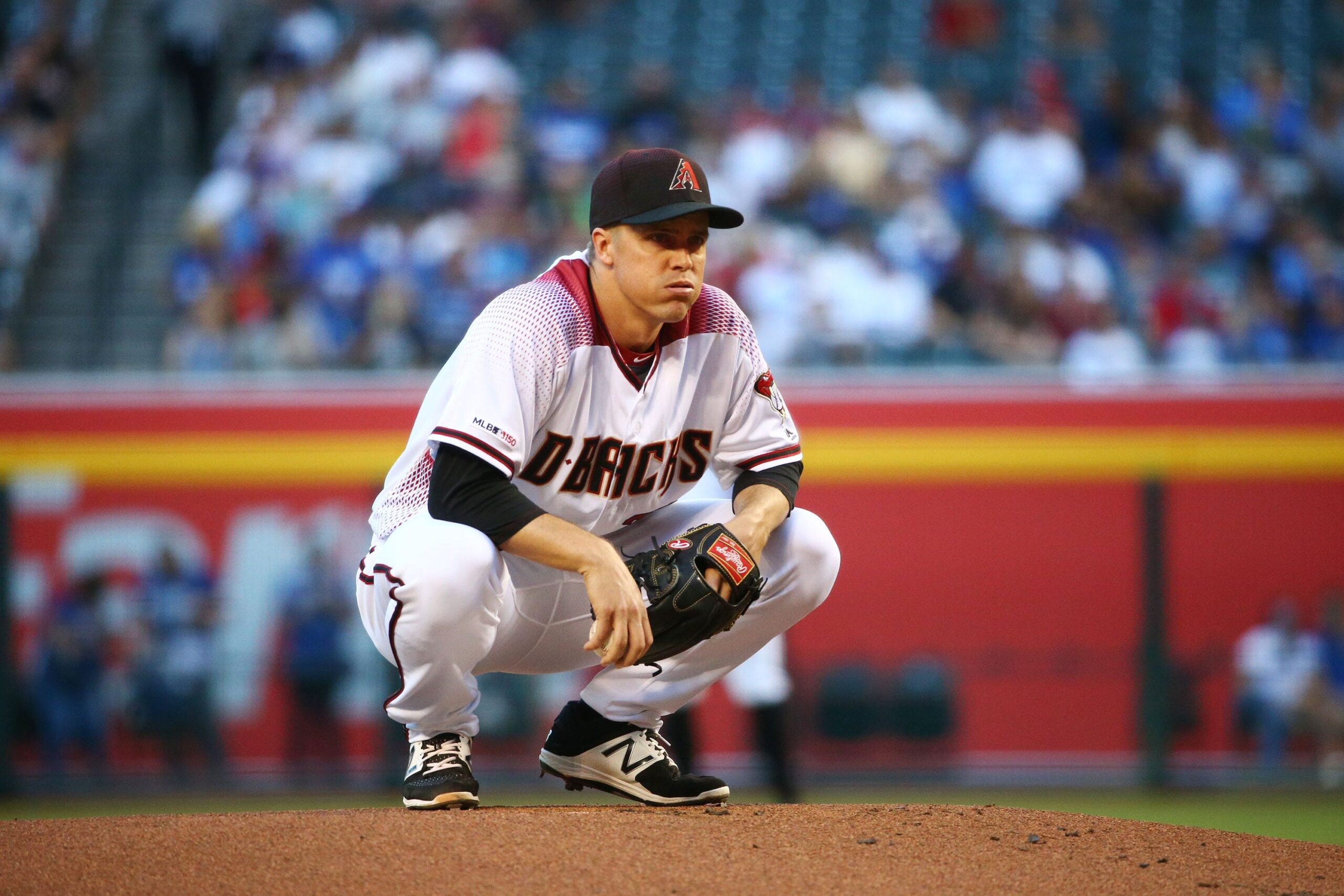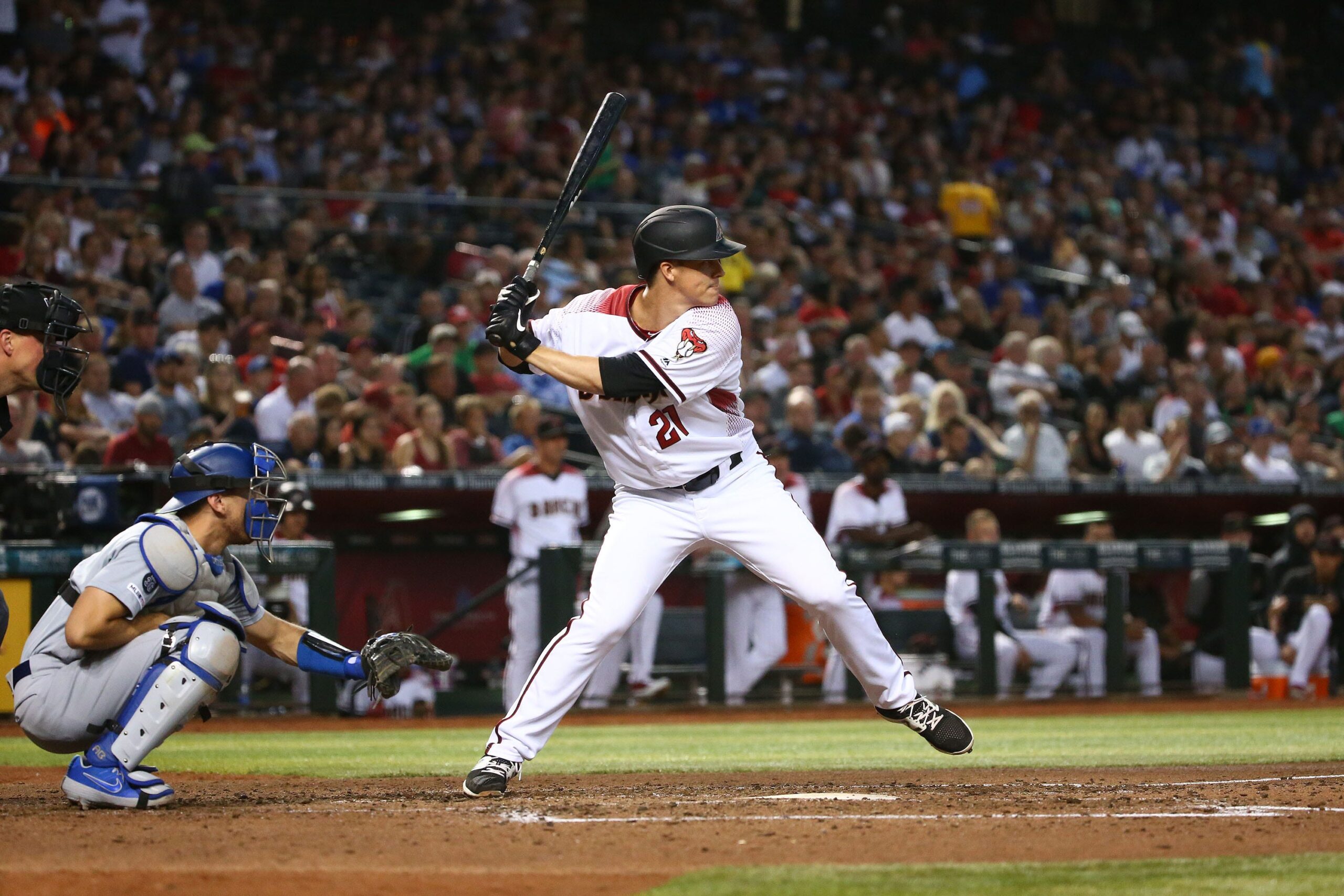© 2025 ALLCITY Network Inc.
All rights reserved.

On Dec. 4, 2015, the baseball world looked on in disbelief as the so-called small-market Arizona Diamondbacks signed pitcher Zack Greinke to a six-year, $206.5-million contract.
After a World Series run with the Houston Astros, that deal that originally brought Greinke to the Valley has expired. Now that the dust has settled and his numbers are final, we can answer the question: Did the D-backs’ crazy gamble pay off?
Context is important here. Let’s back up to 2015 to see how analysts perceived the deal.
By and large, they were stunned.
Dodgers fans, of course, were devastated:
The rest of baseball? Not so much.
“A big star didn’t go to one of the biggest markets,” ESPN Senior Writer David Schoenfield wrote. “That’s good for the game.”
It was also very gutsy.
At the time, Greinke’s $34.4-million average annual value was the highest ever on a major league contract. And remember – this is the Diamondbacks we’re talking about. The total value of the deal was roughly three times the value of the next largest contract in franchise history—a $68.5-million deal dished out to Yasmany Tomás two years prior.
Aside from 2001 when the team won the World Series, there had never been a better time to be a D-backs fan. Fans were going nuts.
Then came April 4, 2016, when Greinke made his D-backs debut on Opening Day against the Colorado Rockies.
He pitched a 1-2-3 first inning, and even drove in a run in the second to give his team the lead. Then the Rockies batted around in the third, tallying six runs, including two homers. The Chase Field crowd looked on in disbelief.

That game set the precedent for a hugely disappointing 2016 season. Fresh off the biggest investment in franchise history, the D-backs mustered just 69 wins. Greinke finished with a disappointing 4.37 ERA over 158.2 innings.
While analysts initially viewed the Greinke signing as a badass move by an up-and-coming contender, the D-backs’ execution wasn’t flawless.
When making their last-second entrance into the Greinke sweepstakes, the D-backs didn’t have their ducks in a row. Knowing Greinke could sign with a division rival at any minute, they entered the fray without knowing what the Giants and Dodgers were bidding.
It was later discovered that the D-backs overshot the competition for Greinke by a significant margin. The Dodgers reportedly capped their offer at $155 million over five years – more than $50 million below what he received from the D-backs.
When Greinke produced an underwhelming 2016 season, the D-backs faced ridicule – both for the way the deal went down, and for the fact that Greinke wasn’t living up to it.
That feeling didn’t last long.
Greinke returned to form in 2017, finishing 17-7 with a 3.20 ERA and 4.9 fWAR in more than 200 innings pitched. The next two seasons were more of the same.
From Opening Day 2017 through his last day with the D-backs, Greinke went 42-22 with a 3.12 ERA in 88 starts. His 11.3 fWAR during that span ranked 11th in baseball, and only Justin Verlander threw more innings.
When the D-backs’ contention window closed in 2019, Greinke’s resurgence allowed the D-backs to acquire real prospect capital when they traded him to the Houston Astros. In return, they received right-handed pitcher Corbin Martin, first baseman Seth Beer, utility man Josh Rojas and right-handed pitcher J.B. Bukauskas—all prospects from the Astros’ top 30 list.
Back to the original question: Did the D-backs get their money’s worth?
FanGraphs has a handy WAR-to-dollars calculator that quantifies player value. Based on that, Greinke was worth $150.8 million throughout the life of his contract—$55.7 million short of the total contract value (and coincidentally, on par with what the Dodgers offered him).
It was a big ask from the beginning. Only Max Scherzer, Jacob DeGrom, and Gerrit Cole were worth more than that $206.5 million from 2016 to 2021.
Focusing just on Greinke’s tenure with the D-backs, we come up with $109.1 million of total value. Combining Greinke’s salaries from his time in Arizona with the $24 million sent to Houston in the trade, the D-backs ultimately spent $153.5 million on Greinke’s services. That’s a lot for a player that produced $109.1 million of actual value.
Don’t forget the prospects that the D-backs received from Houston, though. Of the four players acquired in the trade, only Rojas has seen significant time in the majors so far. He has posted 1.7 fWAR in his career, which translates to $13.7 million of value.
With Beer, Bukauskas and Martin hardly having cracked the majors, it’s impossible to quantify their value.
What we can say is this: If Rojas continues to be productive and even just one of the other four players turns into a promising major leaguer, it’s not hard to see the gap between Greinke’s value and his overall cost closing significantly.
Even if it doesn’t, there are intangibles here; stuff the numbers just won’t capture. Watching Greinke in a Diamondbacks uniform every fifth night was a treat.

He wasn’t just a top-15 starting pitcher. He had arguably the best hitting and baserunning tools of any pitcher in MLB history. His quirky personality was beloved by all.
He carried the D-backs to the 2017 National League Wild Card Game, which lives on as one of the most memorable postseason games in franchise history.
For a small-market team, signing a player such as Greinke is an enormous risk. His salary alone snatched around 30 percent of the team’s payroll while he was here. That’s not sustainable long-term, and it’s ultimately why the D-backs dealt him.
The team also didn’t do itself any favors when it set Greinke’s price significantly higher than the competition. Greinke didn’t live up to it, nor was it realistic to expect him to.
But ask any Diamondbacks fan if they’re glad the team did it. Greinke breathed life into a team that wouldn’t have stood a chance of going as far as it did without him. The small-market Diamondbacks paid more than $200 million to one player—and it was a damn good decision.
Perhaps that’s not the type of move the D-backs should make every year. Greinke is one-of-a-kind in many ways. He has a real chance to make the Hall-of-Fame. It may be decades before another player like him becomes available when the team has money to spend.
Nonetheless, as the D-backs look to manage future financial resources responsibly, let’s hope that they don’t count themselves out from shocking the world again. We’ve seen it work before.
Follow Jesse Friedman on Twitter
Get Arizona's Best Sports Content In Your Inbox!Become a smarter Arizona sports fan with the latest game recaps, analysis and exclusive content from PHNX's writers and podcasters!
Just drop your email below!
Comments
Share your thoughts
Join the conversation



